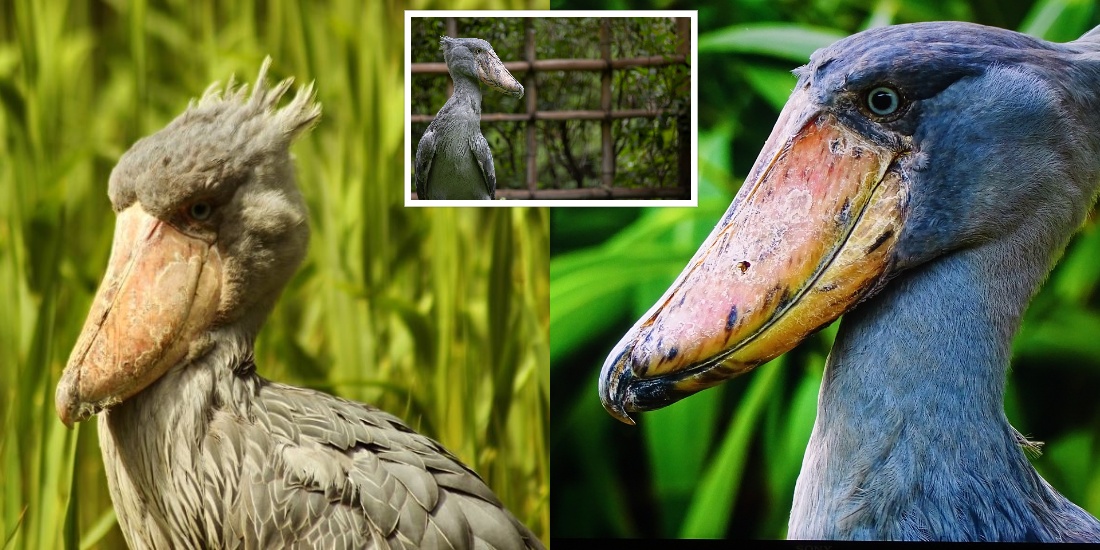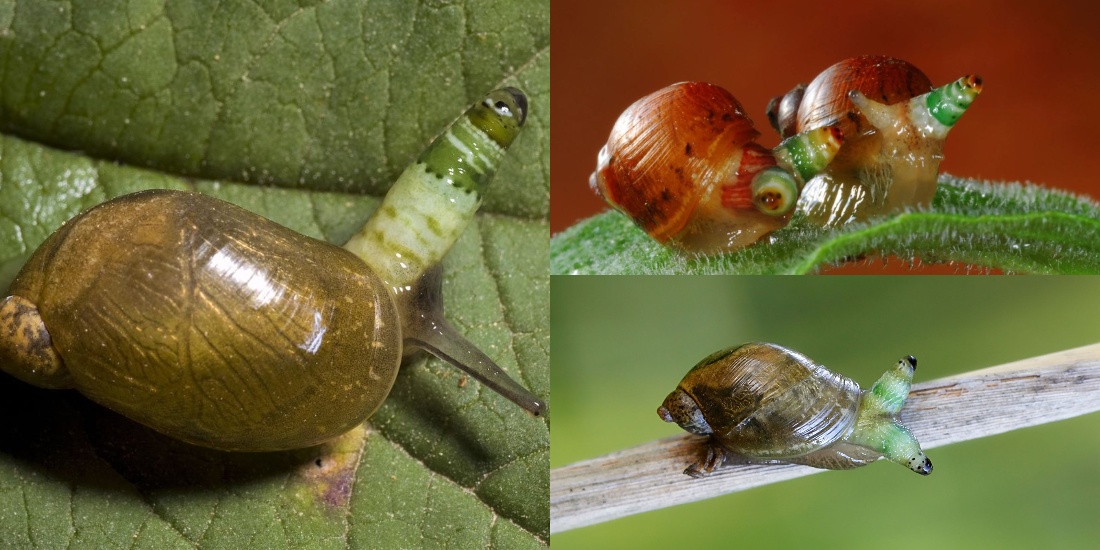The beast area is replete with witching brutes, and among them, the Shoebill Stork( Balaeniceps rex) stands out as a true avian phenomenon. With its distinctive appearance, interesting geste, and fugitive nature, this large raspberry has piqued the interest of ornithologists and nature suckers likewise. Also known as the” Goliath-headed stork” or” shoebill,” this unique raspberry is characterized by its massive, shoe-shaped bill, which gives it a neolithic appearance. In this composition, we claw into the world of the Shoebill Stork to explore its remarkable characteristics and uncover the secrets of this enigmatic species.
The Shoebill Stork is a truly unique raspberry, boasting a height of over 5 bases(1.5 measures) and a wingspan of roughly 8 bases(2.5 measures). Its most striking point is its large, shoe-shaped bill, which can grow up to elevation( 25 centimeters) in length. This redoubtable beak is characterized by a sharp hook at the tip, immaculately suited for catching and gripping prey.

The bill has a gray achromatism with dark markings and a pale, unheroic patch near the base. The plumage of the shoebill stork is generally argentine, with darker feathers on the body and back. Its eyes are a pale unheroic color, and it has long, sturdy legs that are well acclimated for wading through marshy areas.
Native to the marshy regions of tropical East Africa, the Shoebill Stork is primarily set up in countries similar to Sudan, Uganda, Rwanda, Tanzania, and Zambia. It tends to inhabit brackish wetlands, morasses, and washes, frequently girdled by papyrus doormats. Their diet consists substantially of fish, including lungfish, tilapia, and catfish. They’re also known to consume amphibians, reptiles( similar to snakes and cover lizards), and indeed small mammals like rodents.
The Shoebill Stork is known for its case and stealthy stalking ways. frequently motionless for extended ages, it patiently waits for its prey to approach. Once a target is within striking distance, the stork lunges forward with remarkable speed, using its large bill to catch the unknowing victim from the water’s face. It isn’t uncommon for this raspberry to swallow its prey whole, backed by its expandable throat.

While generally solitary, the Shoebill Stork is sometimes spotted in dyads during lovemaking season or near generous food sources. The parentage season generally occurs during the dry months when food vacuity is at its peak. These catcalls construct large nests made from foliage, generally located in isolated areas among the morasses. Womanish shoebill Storks lay a single clutch of 1- 3 eggs, which both parents take turns incubating. The eggs door after about a month and the parents continue to watch for the sprats until they fledge, which can take several months.
Despite its emotional elevation, the Shoebill Stork faces several pitfalls to its survival. The destruction and declination of its swamp territories due to mortal conditioning, including husbandry and drainage for agreements, pose significant challenges. also, the illegal wildlife trade and disturbance by mortal conditioning near nesting spots can disrupt breeding patterns and impact the overall population.

The International Union for Conservation of Nature( IUCN) classifies the Shoebill Stork as” Vulnerable.” Sweats are underway to cover its territories and raise mindfulness about this unique species. Conservation associations, original communities, and governments are uniting to apply sustainable practices and apply regulations to guard the future of the Shoebill Stork.
The Shoebill Stork is incontrovertibly a raspberry of exceptional charm and conspiracy. With its remarkable appearance, patient stalking ways, and vital part in swamp ecosystems, this avian wonder demands our attention and conservation sweats. By appreciating and securing this remarkable species, we can ensure the uninterrupted actuality of one of nature’s most witching brutes for generations to come.




